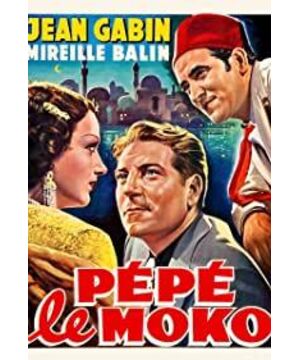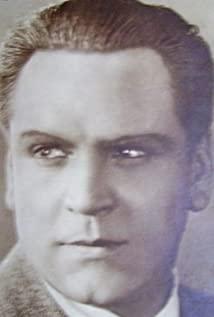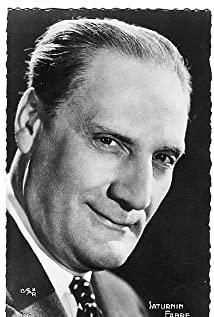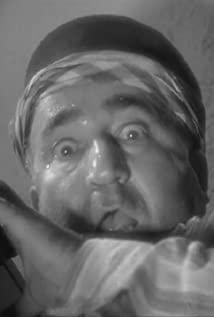Pépé le Moko (Cabin) becomes the kingpin of the Arabic-speaking Casbah area in Algiers, but he is French, a jewel thief wanted by the continent police department, but due to the maze-like topography of the locality, the inane offshore gendarmerie cannot arrest him in situ, the sole way to nick him is to lure him out of his gangster haunt where he is accompanied by his loyal henchmen, to the open city, but how?
The advent of Parisian glamor puss Gaby (Balin) appositely acts as the crucial bait, she is a casual tourist stuck with an affluent but much older companion Maxime (Granval), a bejeweled Gaby enthralls Pépé almost in their first glance, and the feeling is mutual, his gangster flair excites and entrances her too. Pépé becomes increasingly nostalgic of his homeland, imagines a fresh start with Gaby, a true Parisienne dame (who own provenance actually smells rather dodgy, a trophy girl actually can jilt her sugar daddy for a wanted man), and gets extremely vexed by his Romany lover Inès (Noro). When one of the members his criminal outfit is tricked out of the Casbah and then ambushed by the policemen, Pépé sees through the scheme of the rat instantaneously, but when it comes to his own turn, can he resist the temptation to stay put,or safely lend his feet on that outbound ocean-liner with Gaby, or woefully falls by the wayside on the homestretch? Reckoning the film's unanimous repute as a key antecedent and influencer of film-noir, the answer might look pretty obvious.
Director Julien Duvivier avails himself of glamorizing close-ups with soft focus to foreground Cabin and Balin's monochromatic sex appeal, and the film can still knock today's audience dead with its avant-garde methods of remarkably recreating the Casbah both in wide-angle shots and at close quarters, and roundly couples a reluctant outsider's gnawing homesick with the beguiling psych-geographical dynamism, though one can take it for granted that it mostly emanates from a colonial slant, taking the example when Pépé goes berserk in the wake of the fall of his protégé Pierrot (Gil), it is the indigenous denizens are at the receiving end of his ineluctable rage.
While the story (adapted from Henri La Barthe's novel) portrays the outlaw Pépé as a worldly, sympathetic alpha male if essentially machismo, who can instinctively sniff out the mole in a trice (also underpinned by Charpin's superb rendition of double-crossing and dread- mounting), it is the tie-in with his frenemy, the local Inspector Slimane (a fez-donned Gridoux, wallowing in grand double-talk and slightly irksome complacency) that makes PÉPÉ LE MOKO transcend the usual perimeter of cops-and-robbers dichotomy, aka., under a different circumstance, they could be thick as thieves.
Cabin acquits himself wondrously with a contradicted complexion of savviness and naiveté, and his emotion range is put into great test, a role that irrevocably ricochets him onto the stratosphere of international movie stars, however, Line Noro harrowingly resists the stereotype and holds our attention with Inés' irrational persistence even she has to take the short end of the stick as the lover blinded by the green-eyed monster, whereas Mireille Balin has a less taxing job to look simply fabulous with impeccably plucked eyebrows.
On the narrative front, the story doesn't consistently hold water when it seems way too effortless for Pépé to leave his habitant and embark on a ship without anyone's notice (if it weren't for Inés' timely tip), which goes against the grain with Pépé hyped worry of going out of his protected turf and only compounds the police force's yawning incompetence.
Anyway, Hollywood would soon grind out a remake just within a year, John Cromwell's ALGIERS (1948) starring Charles Boyer and Hedy Lamarr, which suffices to attest the film's international success, and more saliently, PÉPÉ LE MOKO evocatively anticipates Michael Curtiz's CASABLANCA, another doomed romance in an exotic land that strikes its permanent impact poetically and vehemently.
referential entries: Michael Curtiz's CASABLANCA (1942, 8.9/10); Marcel Pagnol's Harvest (1937, 8.0/10).
View more about Pépé le Moko reviews











